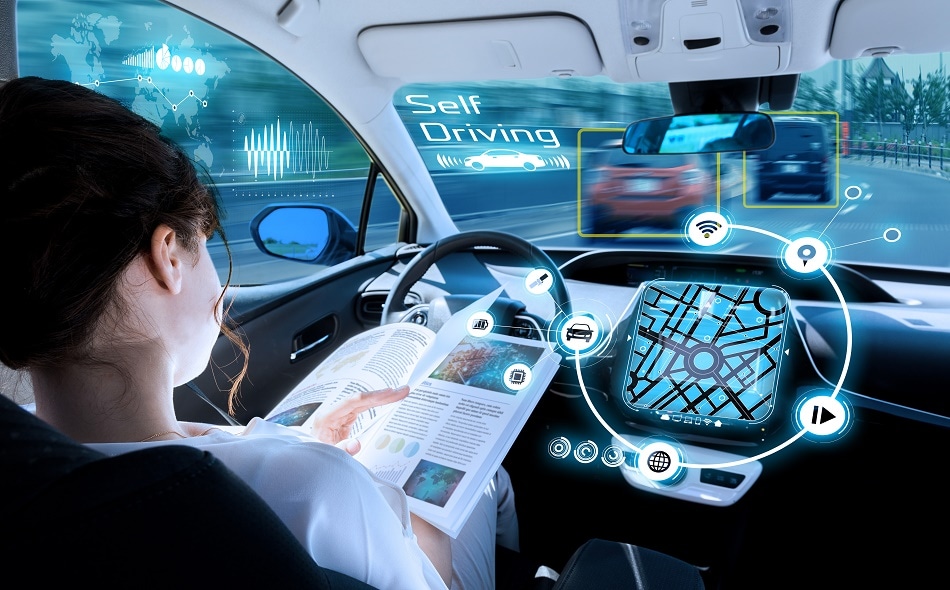An autonomous car is a vehicle that can guide itself without human conduction. This kind of vehicle has become a concrete reality and may pave the way for future systems where computers take over the art of driving. An autonomous car is also known as a driverless car, robot car, self-driving car or autonomous vehicle.

Driverless cars, including Google’s autonomous car design, have logged thousands of hours on American roads, but they are not yet commercially available on a large scale. Autonomous cars use various kinds of technologies. They can be built with GPS sensing knowledge to help with navigation. They may use sensors and other equipment to avoid collisions. They also have the ability to use a range of technology known as augmented reality, where a vehicle displays information to drivers in new and innovative ways.

AUTONOMOUS cars perceive the world through a combination of sensors including cameras, radar and LIDAR—a radar-like technique that uses invisible pulses of light to create a high-resolution 3D map of the surrounding area. The three complement each other. Cameras are cheap and can see street signs and road markings, but cannot measure distance; radar can measure distance and velocity, but cannot see in fine detail; LIDAR provides fine detail but is expensive and gets confused by snow. Most people working on autonomous vehicles believe a combination of sensors is needed to ensure safety and reliability.

Having combined the data from its sensors, the car needs to identify the items around it: other vehicles, pedestrians, cyclists, road markings, road signs and so forth. Humans are much better at this than machines, which have to be trained with lots of carefully labelled examples. One way to obtain them is to pay people to label images manually. Mighty AI, based in Seattle, has an online community of 300,000 people who carefully label images of street scenes, drawing boxes around cars, trees and so forth, for a range of automotive clients. The labelled images are then used to train vision systems used in autonomous cars. Some suggest that significant autonomous car production could cause problems with existing auto insurance and traffic controls used for human-controlled cars. Significant research on autonomous vehicles is underway, not only in the U.S., but also in Europe and other parts of the world. According to some in the industry, it is only a matter of time before these kinds of advances allow us to outsource our daily commute to a computer.

Leave a comment